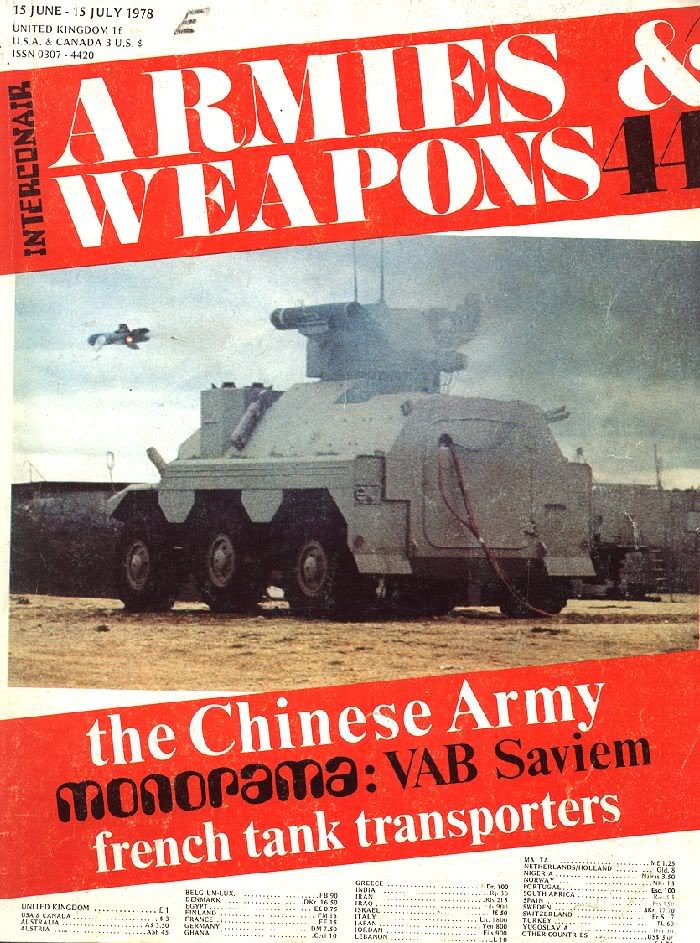jackehammond
Active member

Photo Caption: Firing of a Euromissile HOT anti-tank missile from a Euromissile UTM 800 HOT turret installation on the Panhard M3b
NOTE> In the 1991 Gulf War the US Army was extremely worried about these HOT turrets fitted on various armored vehicles. This was one of the few ATGW that had an almost "for sure" ability to defeat the M1A1 Abrams and with a 5000 meter range and high speed it was lethal. I have never read any reports of Iraqi HOTs engaging any US or other forces in that war or the Sping 2003 invasion. Any comments?

